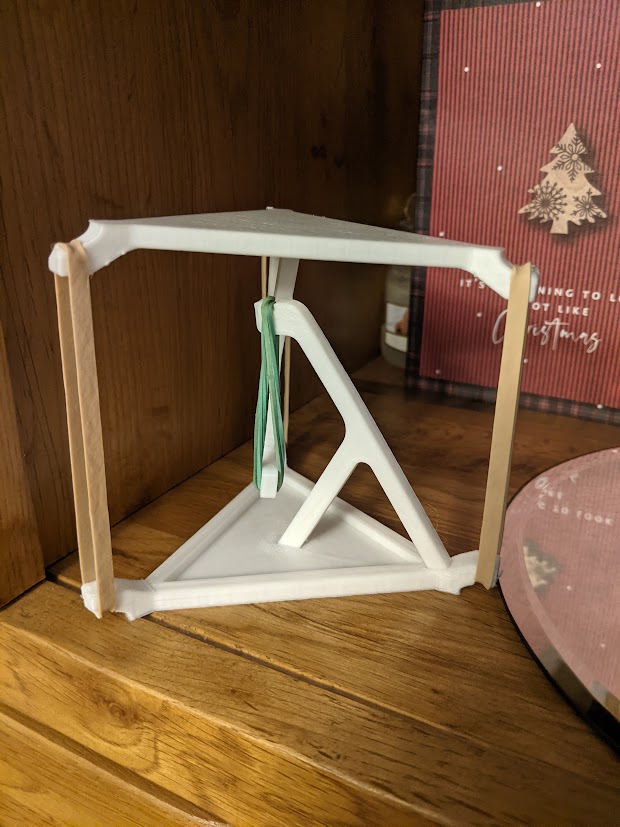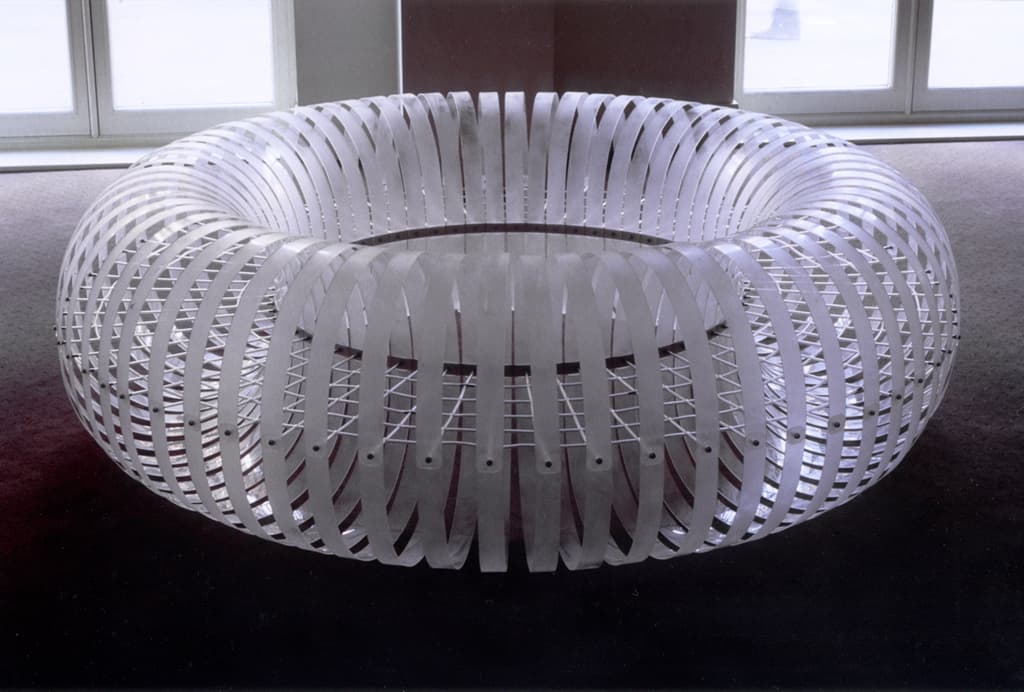Hello everyone,
I hope this post finds you well. I recently had a request from my dad to make him a Tensegrity structure for Christmas, and I was excited to try out my skills at the MakerSpace workshop. If you’re not familiar with Tensegrities, they are structures made up of components in compression (usually rods or struts) that are held together by components in tension (usually cables or strings). The result is a stable and elegant structure that can be used for a variety of purposes, such as decorative pieces or educational demonstrations.
I started by searching online for a design that I could use as a reference. I eventually came across a design on the Thingiverse website that seemed like it would work well. It was a fairly simple design that consisted of a few 3D-printed parts and elastic bands, and the instructions were easy to follow.
Using the 3D printer at the MakerSpace workshop, I was able to print out all of the components I needed at the last Friday meet up. The process was relatively straightforward and didn’t require any special skills or knowledge. I simply followed the instructions and printed the four parts
Once all of the components were printed, I was ready to start assembling the Tensegrity. I put the elastic bands on to get everything just right. In the end, the result was a beautiful and stable Tensegrity structure that my dad was thrilled to receive as a gift.
Overall, I had a great experience making a Tensegrity using the 3D printer at the MakerSpace workshop. It was a fun and rewarding project that I would recommend to anyone looking to try their hand at something new. If you’re interested in making your own Tensegrity, be sure to check out the Thingiverse website for some great designs and instructions. Here is the link to the Thingiverse files: Tensegrity - another impossible table by TuringComplete - Thingiverse
Happy making!

